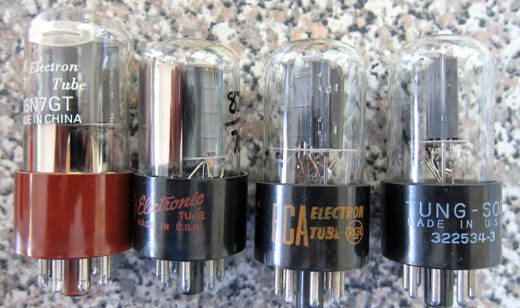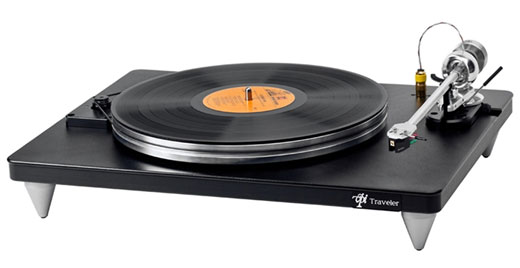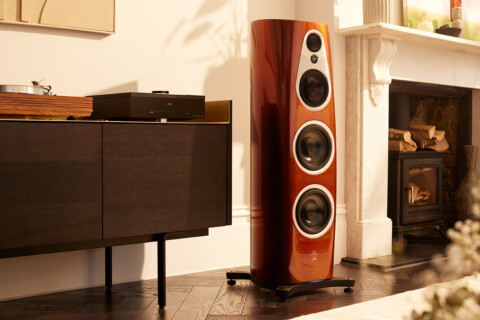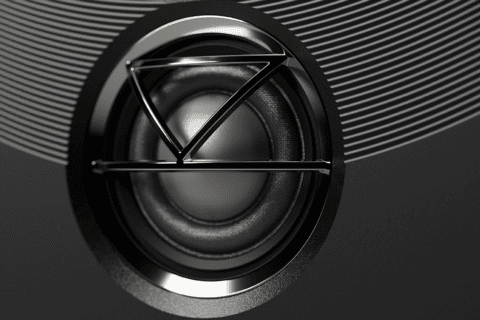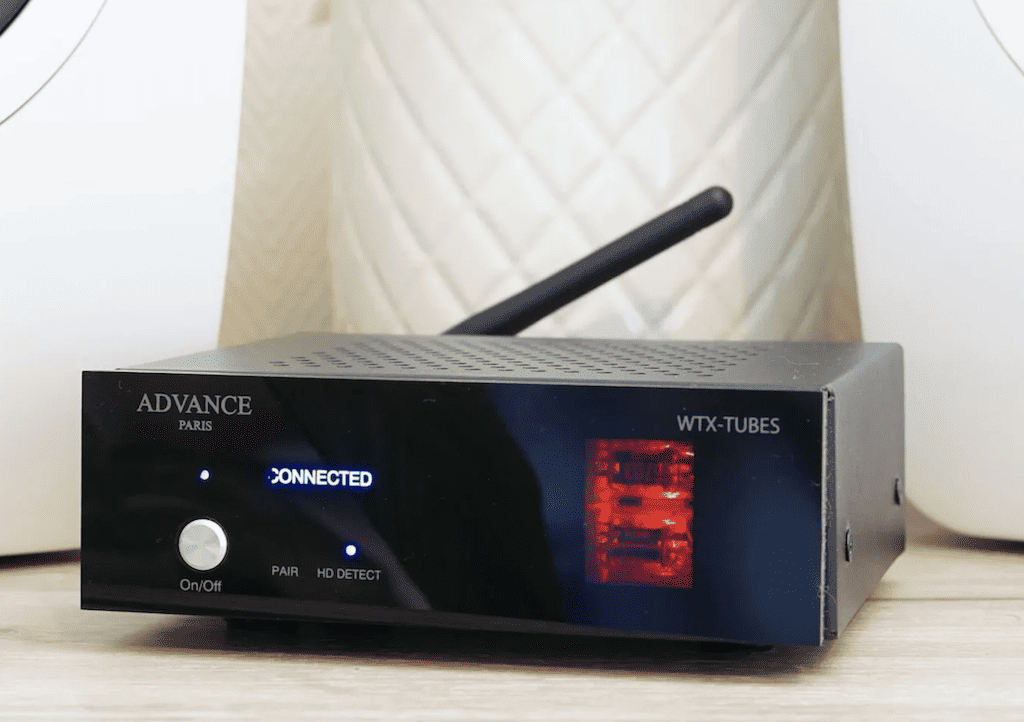THERE’S A SPECIAL kind of magic in the old valve, or vacuum tube for our American readers. At one point in time, valves were the only way to electronically amplify an audio signal. In fact, valves were ubiquitous, and were used in everything from radios and amplifiers to Russian MIG fighters and even in computers – IBM’s SAGE Computer System of 1963 used 60,000 tubes and weighed in at 250 tons.
Then came the transistor and the day of the valve was done; at least in theory. Like that other great example of early audio technology, the vinyl record, valves have simply refused to lie down and die. Today, there’s a vast selection of valve-based audio gear on the market, running the gamut from the most basic of entry level products to the upper echelons of the high-end, and ranging from mosquito levels of power to big grunty amps that’ll drive any speakers you care to name.
There’s also a wide selection of valves out there for the owners of valve-based audio gear to fiddle with, which gives them a real advantage over the rest of the hi-fi world. Unlike the vast majority of solid-state gear, which needs a technician and a soldering iron to modify (at the very least), most valve components can be substantially upgraded with nothing more than a simple change of valves.
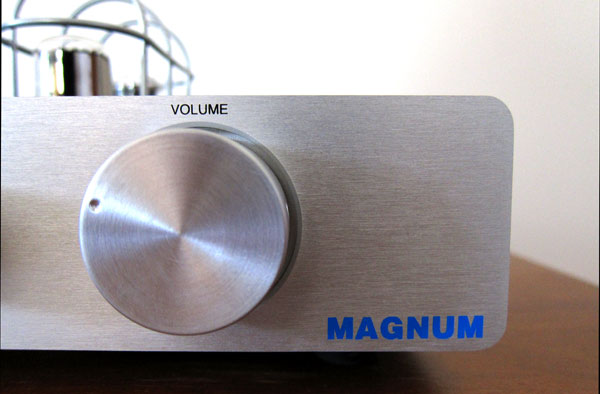 Swapping the valves or “valve rolling” as this practice is called is often as easy as just extracting a couple of valves and replacing them with something a little more upmarket, either from the current crop of high-quality current manufacture valves or by stepping back in time with NOS (New Old Stock) valves or even some used vintage valves that have made it through the years in good condition (and there are literally piles of those out there). I had Rogue Audio’s Metis Magnum preamp in for review late last year (reviewed here) and while I really liked it, staring at the two Chinese made 6NS7’s poking out of the top panel got me thinking. I’d no more try and upgrade my Viganoni and Viganoni Sachem power amplifiers with my own two hands than I’d try to inhale argon, but given the simplicity of this particular upgrade path, I had to wonder what the Metis Magnum would sound like with different valves installed?
Swapping the valves or “valve rolling” as this practice is called is often as easy as just extracting a couple of valves and replacing them with something a little more upmarket, either from the current crop of high-quality current manufacture valves or by stepping back in time with NOS (New Old Stock) valves or even some used vintage valves that have made it through the years in good condition (and there are literally piles of those out there). I had Rogue Audio’s Metis Magnum preamp in for review late last year (reviewed here) and while I really liked it, staring at the two Chinese made 6NS7’s poking out of the top panel got me thinking. I’d no more try and upgrade my Viganoni and Viganoni Sachem power amplifiers with my own two hands than I’d try to inhale argon, but given the simplicity of this particular upgrade path, I had to wonder what the Metis Magnum would sound like with different valves installed?
With a go-ahead from the local Rogue Audio agent (while some manufacturers aren’t fans of changing the stock valves, Rogue Audio encourages valve rolling), I dropped an email to Paul Burgess who runs Vintage Audio Valves in Auckland. As it turned out, he was happy to supply some trial valves from his substantial collection. Fortuitously, he’s located only a few minutes from my house, so I popped round to say hi and after a lengthy chat on all things audio, I returned to my listening room armed with three sets of matched vintage valves.
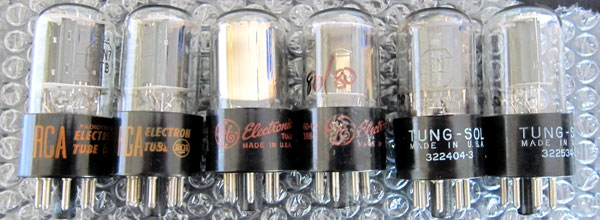 It’s worth looking into Paul’s story before getting to the audio experiments. He’s been into hi-fi for a long, long time and has always had an interest in the valve side of the audio game. He started collecting valves for his own enjoyment but as his collection grew, he toyed with the idea of supplying matched sets to audiophiles who wanted to experience the sound of better quality valves in their components. The aforementioned valve collection inevitably had to grow over the years because Paul didn’t usually get to choose the valves he was buying – most of the time he was presented with boxes of old valves, a miscellany of types and brands, all of which were in uncertain states of repair and functionality. Sometimes, he ended up with nothing from a purchase; other times, he came out with some good valves and occasionally, he found himself in possession of some gems.
It’s worth looking into Paul’s story before getting to the audio experiments. He’s been into hi-fi for a long, long time and has always had an interest in the valve side of the audio game. He started collecting valves for his own enjoyment but as his collection grew, he toyed with the idea of supplying matched sets to audiophiles who wanted to experience the sound of better quality valves in their components. The aforementioned valve collection inevitably had to grow over the years because Paul didn’t usually get to choose the valves he was buying – most of the time he was presented with boxes of old valves, a miscellany of types and brands, all of which were in uncertain states of repair and functionality. Sometimes, he ended up with nothing from a purchase; other times, he came out with some good valves and occasionally, he found himself in possession of some gems.
He started selling the valves online to local and international clients, and over the years he’s offered a trial service to qualified customers. He’ll supply a set of valves, or even multiple sets that he reckons will work well in a specific audio component, and the potential buyer can try them at no cost to see how they sound. After all, given the idiosyncrasies of matching valves to audio gear and the massive vagaries of personal taste, there’s no guarantee that the buyer will actually like what he’s hearing after a valve change. Getting two or more sets of valves to listen to dramatically increases the chances of reaching some kind of audio nirvana. As an added service, Paul also offers free valve testing for his clients.
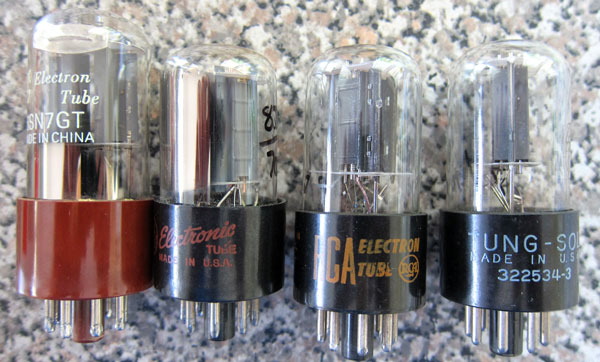
Which is exactly how it panned out for me with the valves I brought home. Paul loaned me matched pairs of GE, RCA and Tung-Sol valves – all of which were old stock (i.e. used) valves that Paul had tested to make sure that they were fully functional and close to each other in terms of performance. Swapping the valves in and out of the Metis Magnum was exceedingly easy – just lift off the little valve cage and gently remove the valves. There’s no need for fiddling with meters, screwdrivers or bias adjustments in this instance. I had to carefully lift the valves out by the glass because they’re deeply set into the top of the amp, so I couldn’t grasp them by the bases, but this proved to be no issue at all.
In each case, there was a noticeable difference in the sound quality of the Metis Magnum, and the overall system with the new valves installed. The smallest change was with the Tung-Sol valves, which still offered an increase in the transparency of the sound. The jump to the RCA’s and the GE’s was more substantial, with a dramatic improvement in terms of detail resolution and transparency, and commensurate leaps in the richness and liquidity of the already nice midrange. I went back and forth with the RCA and GE valves trying to pick the best pair – it was close but I preferred the GE’s based mostly on their smoother overall sound. Switching back to the stock valves was definitely a step backwards: the Metis Magnum still sounded like a five star preamp, just as it did throughout the review but with the GE’s in place, it sounded like a much more expensive and capable unit. There was a depth and a vivid three-dimensional quality to the sound that I found absolutely beguiling. Chalk up a major win and an effective upgrade then – a big increase in sound quality for a small fraction of the purchase price of the amp, and far more of a jump than I heard by swapping out the supplied cheap power cable for a much more expensive aftermarket unit.
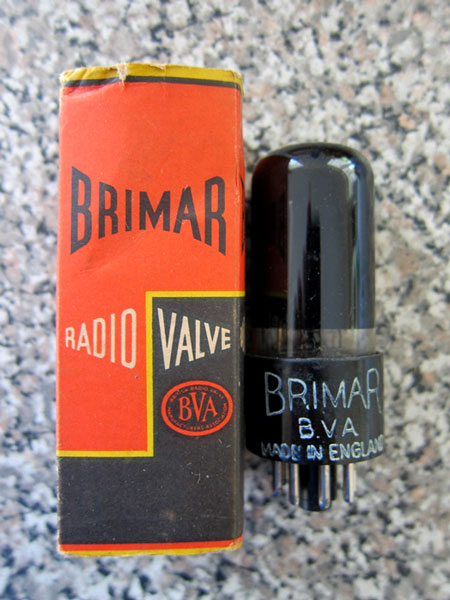 Then Paul let me know that he had found a pair of rare, black glass Brimar valves still in their original boxes. Without promising anything, he said that these British-made valves might just trump the other three sets. Of course, I was keen, so I grabbed them in a hurry and popped them into the amp. It only took a few seconds for me to realise that Paul was dead right – the sound quality was a step up over even the impressive GE’s. All the good things I was hearing went up a notch; the valve richness and warmth was even more noticeable – as was the almost tangible realness and depth of the soundstage – but the speed and intensity of the solid-state power amps wasn’t diluted at all. In fact, the combination now sounded a great deal better than when I’d reviewed the preamp. The only negative was some valve rush (or hiss) in the right channel, but it was only ever vaguely noticeable when listening at night at really low volume levels and even then, only during extremely quiet passages in the music.
Then Paul let me know that he had found a pair of rare, black glass Brimar valves still in their original boxes. Without promising anything, he said that these British-made valves might just trump the other three sets. Of course, I was keen, so I grabbed them in a hurry and popped them into the amp. It only took a few seconds for me to realise that Paul was dead right – the sound quality was a step up over even the impressive GE’s. All the good things I was hearing went up a notch; the valve richness and warmth was even more noticeable – as was the almost tangible realness and depth of the soundstage – but the speed and intensity of the solid-state power amps wasn’t diluted at all. In fact, the combination now sounded a great deal better than when I’d reviewed the preamp. The only negative was some valve rush (or hiss) in the right channel, but it was only ever vaguely noticeable when listening at night at really low volume levels and even then, only during extremely quiet passages in the music.
The Metis Magnum is an upgraded version of the standard Metis. If you’d told me that I was listening to a “Metis Magnum Plus” or a “Super Metis” and that the price tag was now $4000 instead of $3000, I’d have believed you and I would have had no hesitation in recommending that buyers spend the extra money to get the upgraded version. Considering then that a set of vintage valves such as the GE’s could cost as little as $50 per pair, with the Brimar’s at $250, this upgrade was one of the cheapest but most effective I’ve ever heard.
Paul didn’t manage to track down a matched set of vintage Mullard valves for me while I had the Metis Magnum, but he reckons that they do pop up from time to time and that they’d likely sound lovely in this preamp. The Metis Magnum is an easy amp to roll because you only need two valves, but in most cases, swapping out the valves in a valve amp or phono stage is a worthwhile experiment, especially if you can basically try them for nothing (assuming you’re a good bloke who can be relied on not to damage the trial valves and to return them in their supplied condition if they don’t float your boat). If I owned some valve gear, I’d be rolling out tubes all the time…
The approximate pricing of some of the valves I tried is as follows:
GE USA: $50 a pair
RCA USA: $50 a pair up to $100 for a pair for New Old Stock
BRIMAR UK: $250 a pair for the black glass versions

